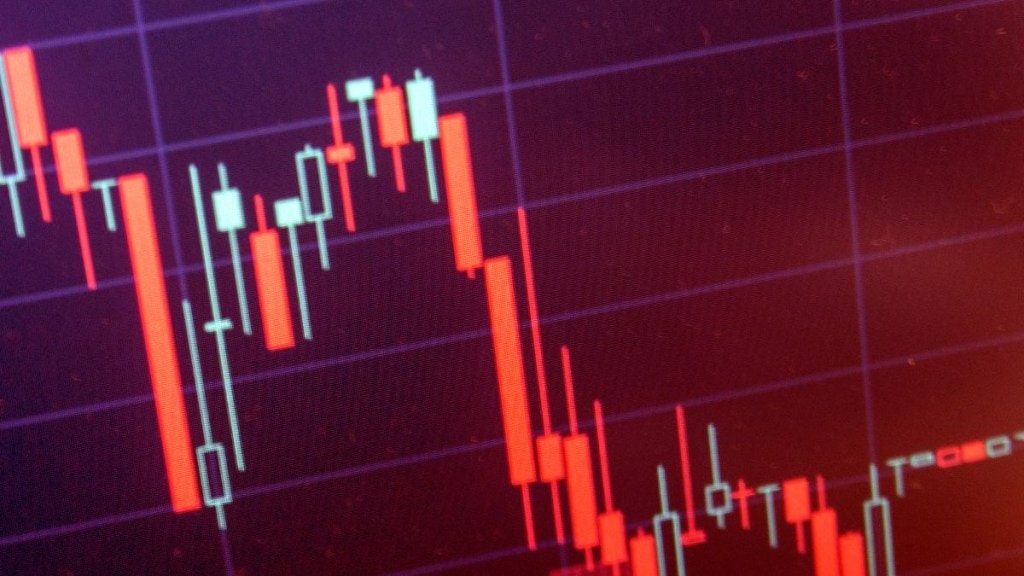The sharp fall in the rupee is expected to hit companies who have high unhedged exposure to foreign currency debt. However, the good news is that India Inc seems to have anticipated this and has been consistently reducing its unhedged position.
According to data from the Reserve Bank of India (RBI), the share of unhedged external commercial borrowing (ECBs) was 26.1% in March 2025, down sharply from 32.9% in September 2024. It hovered around 45% two years back.
What does RBI data suggest?
Companies have raised $33.6 billion through ECBs up to August in the calendar year 2025. The figures were $ 56.4 billion in 2024 and $ 42.4 in 2023, as per the RBI data.
Kunal Sodhani, head of treasury at Shinhan Bank explained that the increase in volatility of rupee since the Trump regime forced many more corporates to start hedging, thereby reducing the share of unhedged exposure.
In fact, some dealers said that the unhedged portion is likely to have fallen further, given the expectation of US government’s tariffs and continued pressure on the rupee since the beginning of this financial year.
In FY26, the rupee has depreciated by 4.42% — the highest in three years. Some economists believe that unless the India-US trade deal is signed soon, the rupee will continue to be under pressure.
On Friday, the domestic currency breached 89 level for the first time, closing at a record low 89.41. It recovered marginally on Monday.
What do experts say?
Earlier companies used to shy away from hedging because of the cost. However, the recent volatility has made them wary, said experts.
For firms which have unhedged positions, the repayment cost is expected to go up by 4-5%. Soumyajit Niyogi, director at India Ratings & Research, said, “Entities already hurt by US tariffs now face a double blow—higher borrowing costs are squeezing them further, hitting both their profitability and balance sheets. If it is a mid-sized entity, it is definitely a concern as they have lower margin of safety and their risk will amplify quite significantly.”
Sodhani said these corporates will now require more rupees to service the same dollar or euro debt. This leads to higher finance costs, margin pressure and increased earnings volatility, since the forex loss must be recognised in the profit and loss statement.

